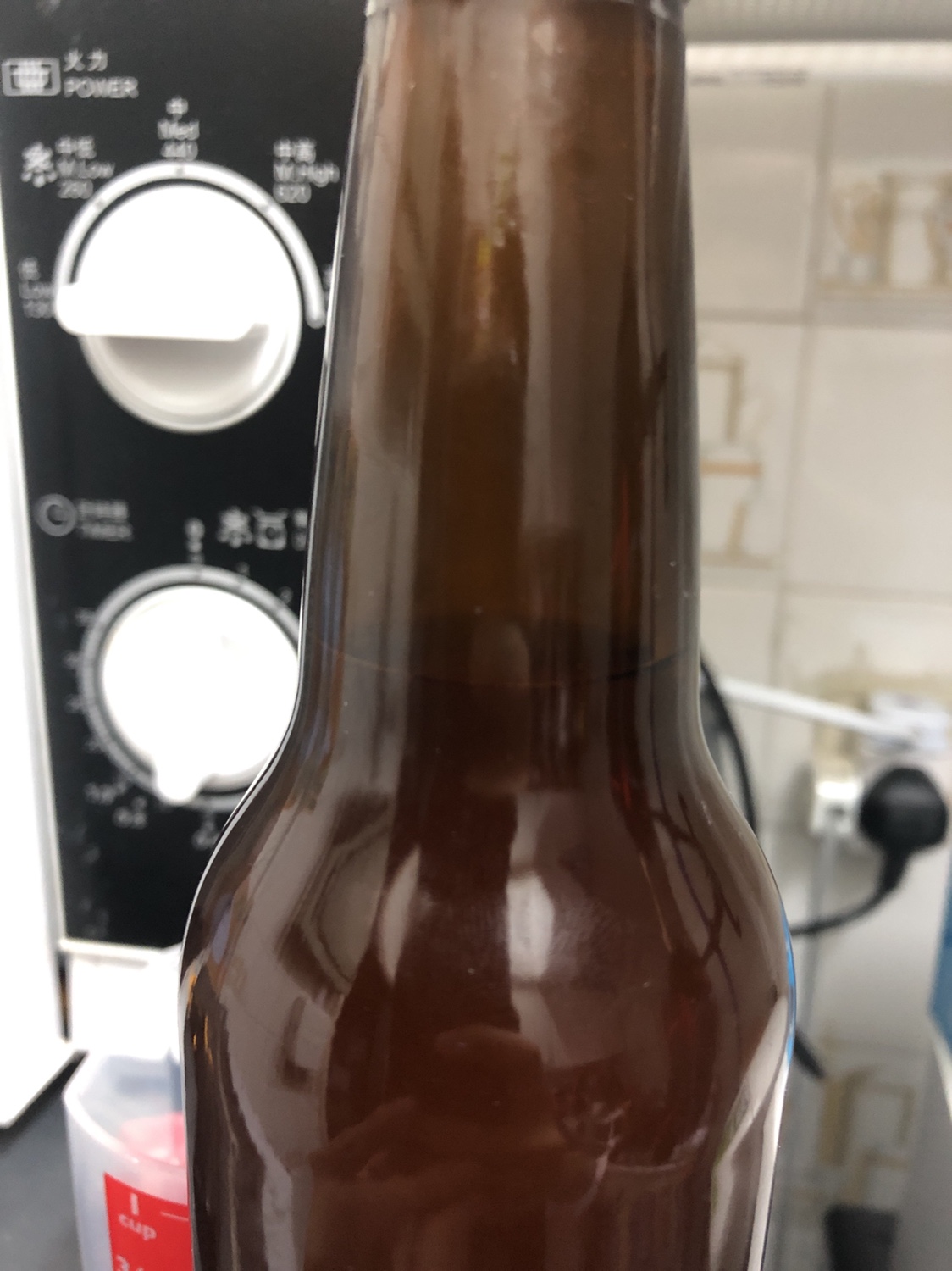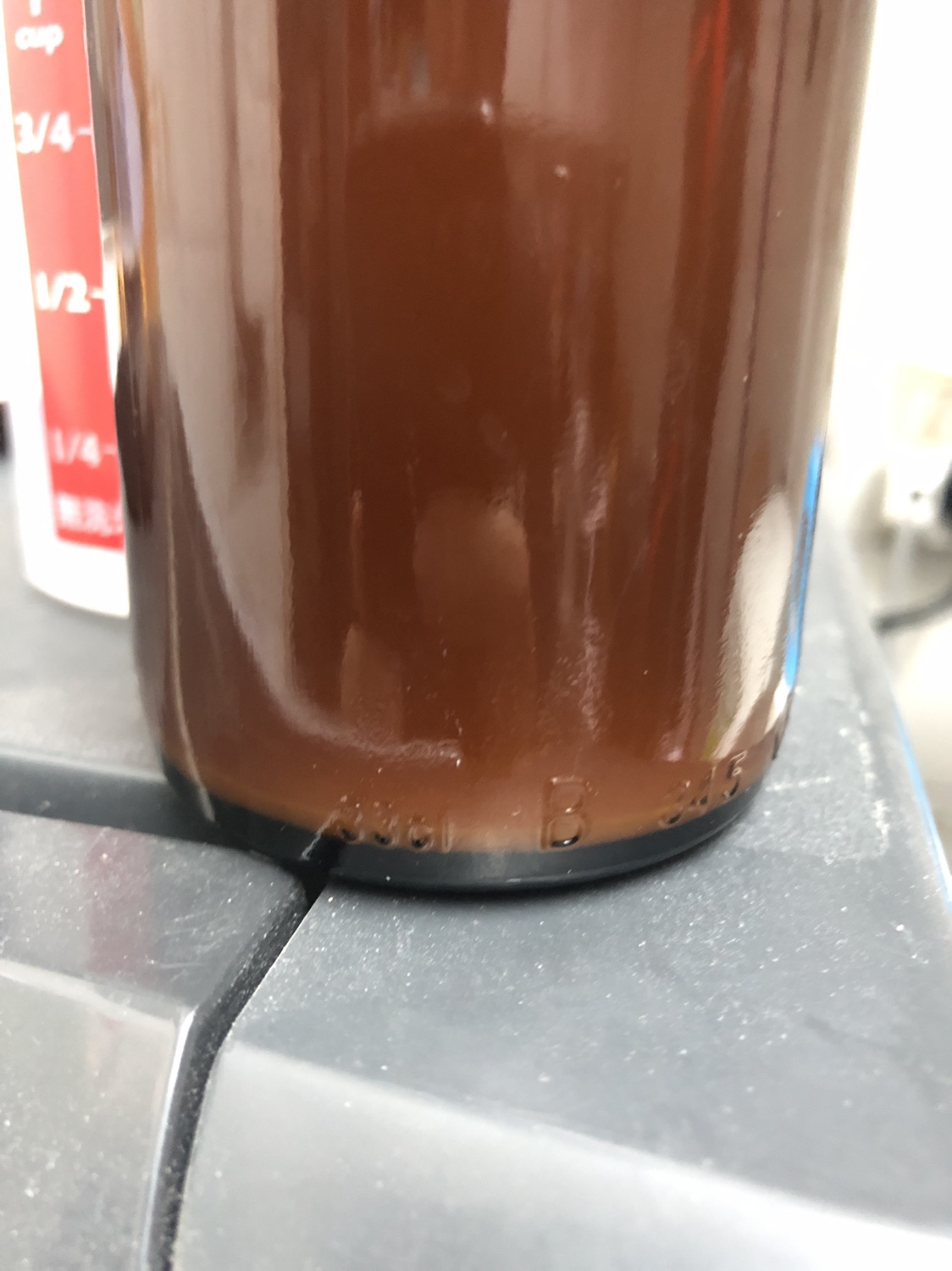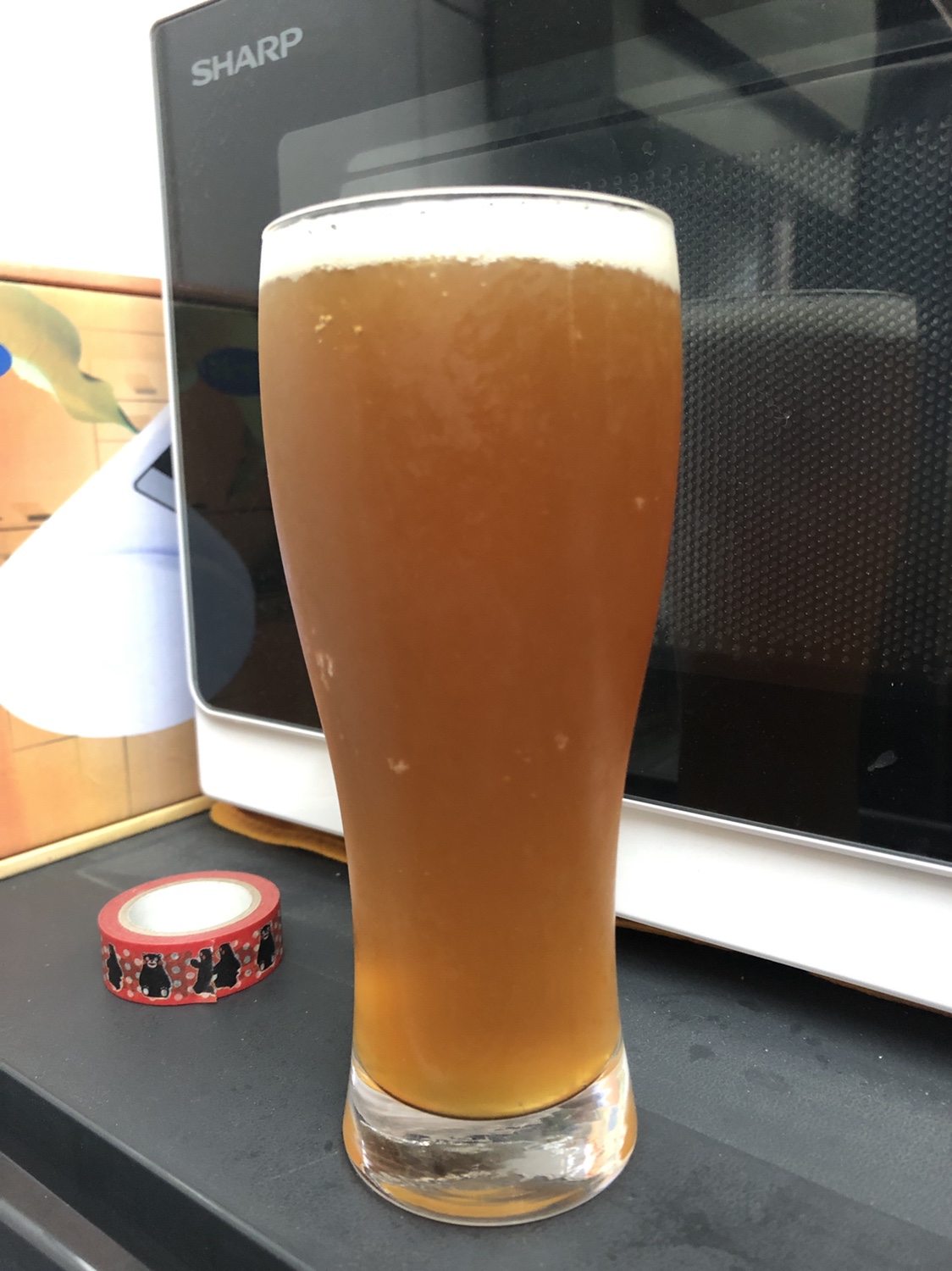Devvrider
Active Member
- Joined
- May 27, 2019
- Messages
- 27
- Reaction score
- 9
Flame was on during mash, right?
No stirring during mash, right?
I wonder what the temp was. Higher mash temp will make less fermentable wort.
Yes flame was on , i keep it almost the lowest power.
I did stir the mash quite often and that’s where I found the bottom temp is quite different from the top. I think I will need a submerged thermometer next time for more accurate readings. Top reading can be 55C but after stirring it will be over 65C






























![Craft A Brew - Safale S-04 Dry Yeast - Fermentis - English Ale Dry Yeast - For English and American Ales and Hard Apple Ciders - Ingredients for Home Brewing - Beer Making Supplies - [1 Pack]](https://m.media-amazon.com/images/I/41fVGNh6JfL._SL500_.jpg)






























